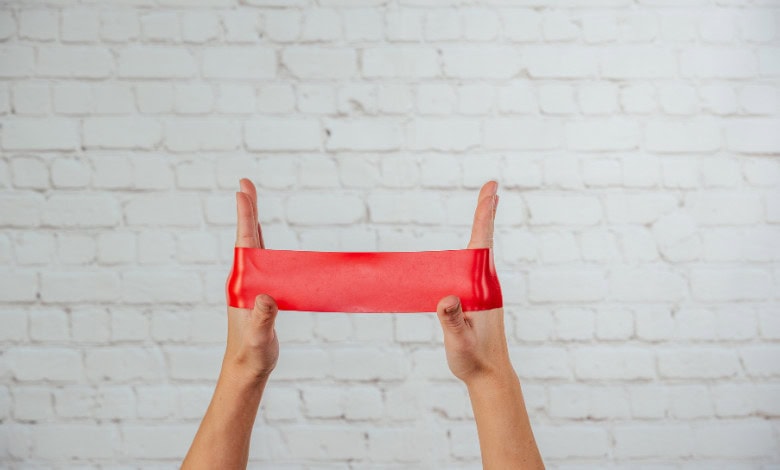Entertainment
Resistance training: What it is and how to do it at home

Resistance training is a fancy way to say “weight training.” But, there’s a lot more to it than just lifting weights in the gym. You can do a lot of the same compound movements in the comfort of your own home, with little to no equipment. So let’s dive in.
What is resistance training?
Resistance training, also known as strength or weight training, involves exercises that make your muscles work against a force. This force can be your body weight, resistance bands, or weights like dumbbells and kettlebells. The goal is to increase muscle strength, endurance, and size.
The benefits of resistance training
Builds muscle and strength
Regular resistance training helps build and maintain muscle mass, which is essential for overall strength and physical function. Whether you’re carrying groceries or lifting your kids, strong muscles make everyday tasks easier.
Boosts metabolism
Muscle tissue burns more calories at rest than fat tissue. By increasing your muscle mass through resistance training, you can boost your metabolism and burn more calories throughout the day.
Improves bone health
Resistance training puts stress on your bones, which helps increase bone density and reduce the risk of osteoporosis. Stronger bones mean a reduced risk of fractures and injuries.
Enhances mental health
Exercise, including resistance training, releases endorphins, which are natural mood lifters. It can also reduce symptoms of anxiety and depression, providing a mental health boost along with physical benefits.
Increases flexibility and balance
Certain resistance exercises improve your flexibility and balance, which can help prevent falls and improve your overall coordination.
Easy ways to do resistance training at home
Bodyweight exercises
No equipment? No problem! Bodyweight exercises are a fantastic way to start resistance training. Here are a few to get you going:
Push-ups; for upper body strength
- Start in a plank position with your hands shoulder-width apart.
- Lower your body until your chest nearly touches the floor.
- Push back up to the starting position. Repeat.
Squats; are perfect for the legs and glutes.
- Stand with your feet shoulder-width apart.
- Lower your body as if sitting back into a chair, keeping your knees behind your toes.
- Rise back up to the starting position. Repeat.
Planks; Excellent for core stability.
- Start in a forearm plank position, keeping your body in a straight line from head to heels.
- Hold this position, engaging your core, for as long as possible.
Lunges; Fantastic for balance and leg strength.
- Stand tall with your feet together.
- Step forward with one leg and lower your body until both knees are at 90-degree angles.
- Push back up to the starting position. Repeat on the other leg.
Resistance bands
Resistance bands are affordable, portable, and versatile. They come in various resistance levels and can be used for a full-body workout. Try these exercises:
Bicep curls; for arm strength.
- Stand on the band with feet shoulder-width apart, holding a handle in each hand.
- Curl your hands towards your shoulders.
- Lower back down. Repeat.
Resistance band rows; To target your back.
- Secure the band at a low point, hold the handles, and step back to create tension.
- Pull the handles towards your waist, squeezing your shoulder blades together.
- Return to the starting position. Repeat.















